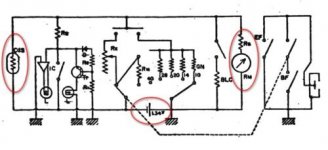Beemermark
Veteran
In all Konica Autoreflex T series cameras, the difference is obvious and profound. There is no way I would substitute a 1.5v battery, silver oxide or alkaline, in one of those cameras because they are very sensitive to voltage changes. Also remember that the light value is on a log scale so just adjusting the ISO won't be good enough if you're using slide film. Negative film, go for it. With a Konica T3 or T4 though, for example, I wouldn't even expose negative film without the proper voltage because I have seen a full two stop difference between 1.35v and 1.5v. Then again, I usually shoot meterless anyway so it doesn't matter. But the voltage has always made a difference in meters which require 1.35v. This is the whole reason Gossen makes the battery adapter for the LunaPro.
Phil Forrest
Please note that I said many, not all




